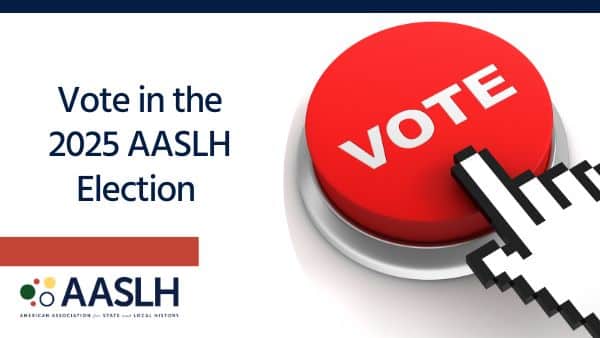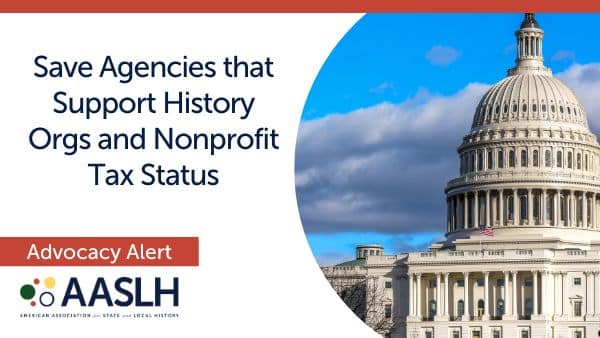
**UPDATED 11/29/16***
“On Tuesday, November 22, a federal district judge in Texas issued a preliminary injunction blocking implementation of the Overtime Final Rule, ruling that the U.S. Department of Labor exceeded its authority. Barring a last-minute appeal, the overtime rule will not go into effect as scheduled on December 1 because of this decision.” Find out more here.
****
Beginning December 1, 2016, new rules related to the Fair Labor Standards Act (FLSA) will go into effect and will make important changes to the salary structure of most history organizations.
Under the new rules, the definition of exempt (salaried) employees vs. nonexempt (hourly) employees is changing drastically. The main concern for nonprofit organizations is the fact that nonexempt employees must be paid overtime for work over 40 hours in a week. Here is a shortcut to the new guidelines as outlined in an article published in The National Law Review:
- The minimum salary for exempt employees is increasing from $23,660 to $47,476 (or from $455/week to $913/week).
- This threshold will automatically increase every three years.
To make things more confusing, there is as exemption for small business who make less than $500,000 per year, but that includes more than just earned income. Grants, capital campaigns, endowment drives may count. Also, anyone who has any interstate commerce cannot take the exemption which includes making out-of-state phone calls, receiving or sending interstate mail or communications (including email), credit transactions, etc. Commercial enterprises such as museum stores or event rentals can also effect the exemption. This means that almost all history organizations, no matter their size, are required to meet the new FLSA guidelines.
The bottom line is that all organizations with paid employees need to review their salary structure and overtime rules. Overtime needs to be considered in your budget for the next fiscal year or you could be opening up your organization for a lawsuit. We also suggest you consult with a local attorney who has experience with labor law to help sort out the confusing parts of the law. AASLH did this step which helped us quite a bit in understanding our responsibilities to our employees.
Hopefully your organization already has a plan to transition to the new guidelines, but, in case you are confused or need more information, AASLH staff has gathered some resources to help you in the process.
Resources for Understanding New FLSA Rules
- A Simple Guide to Exempt vs. Non-Exempt Employees– Blog Post
- United States Department of Labor Webinar Recordings (Includes one specifically for nonprofits)
- Frequently Asked Questions from US DOL Webinars – Website
- The Fair Labor and Standards Act: Minimum Wage and Overtime Compliance – White paper from Oklahoma Center for Nonprofits
- Overtime Regulations and the Impact on Nonprofits – from the National Council of Nonprofits
- What Nonprofits Need to Know About the New Overtime Rules – Webinar recording offered by Minnesota Council of Nonprofits, in conjunction with Nilan Johnson Lewis PA
- Why the New Overtime Rules Are Good for Nonprofits and Thus for Our Community – Blog Post with interesting take for those who read about all these changes and “wanted to hyperventilate into a paper bag for a few minutes.”
Bethany L. Hawkins is the Chief of Operations for AASLH. She can be reached at [email protected].



